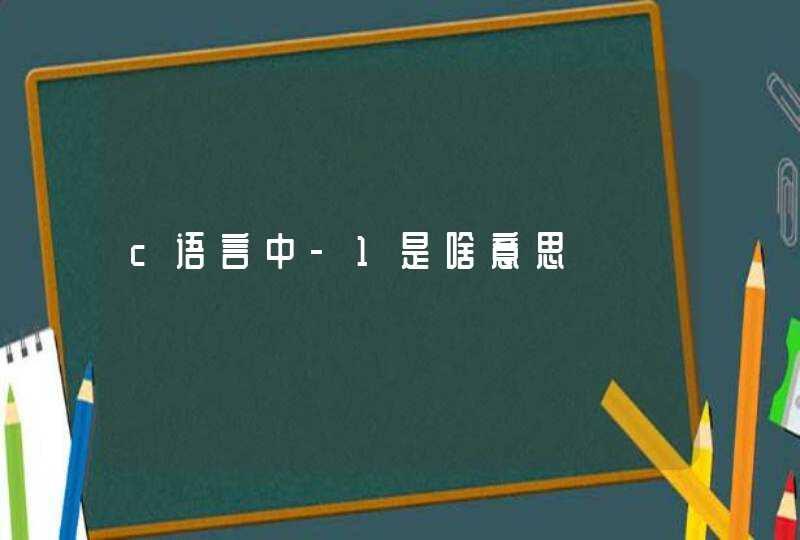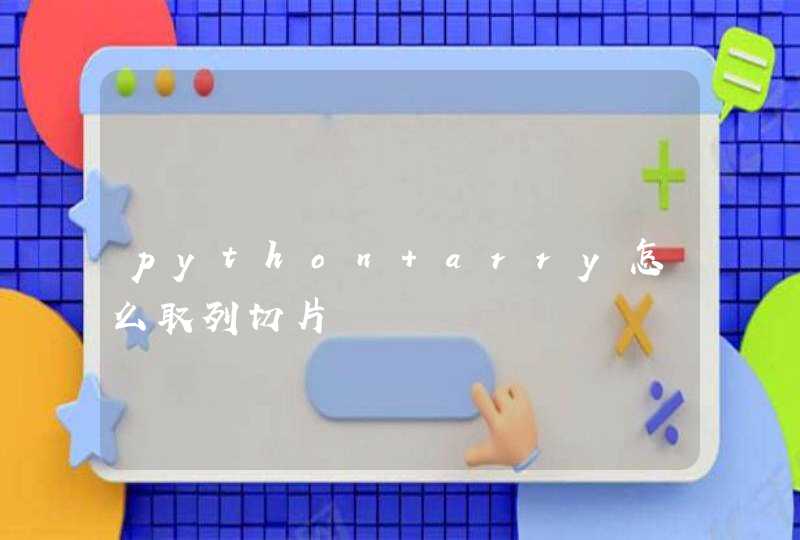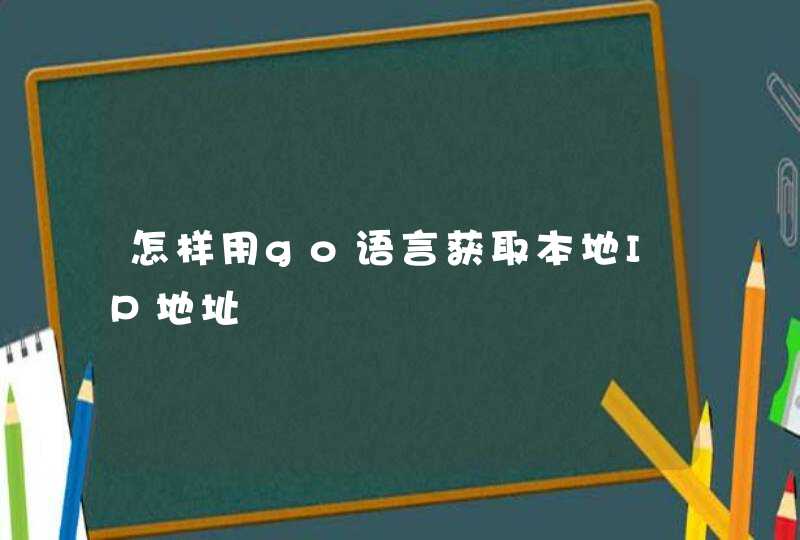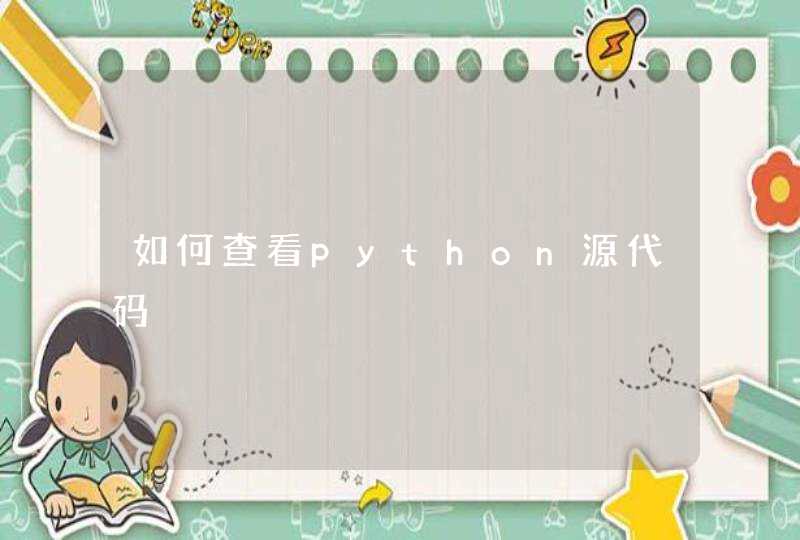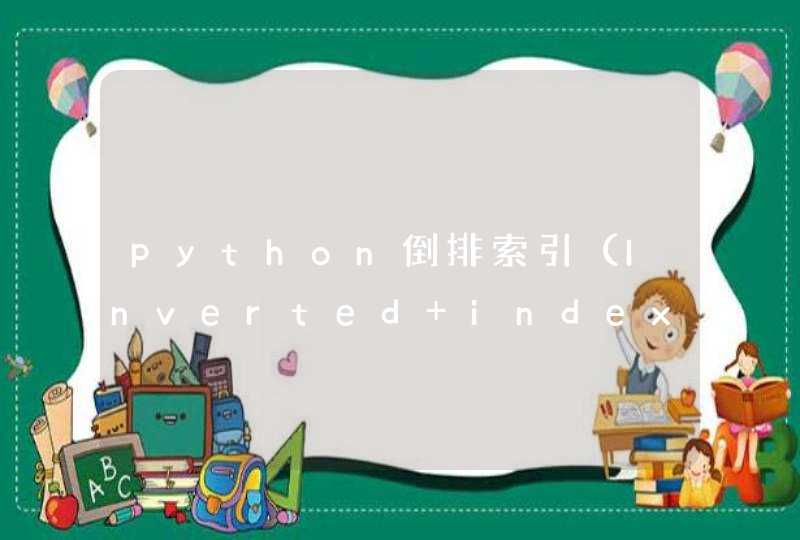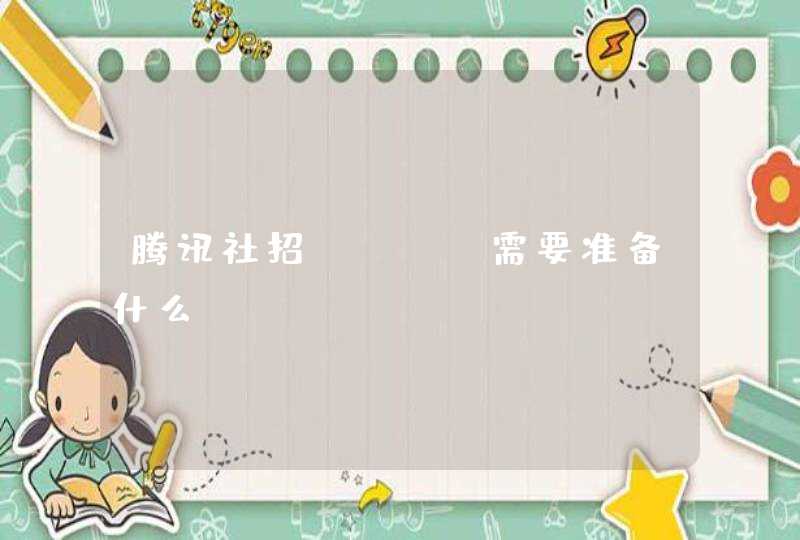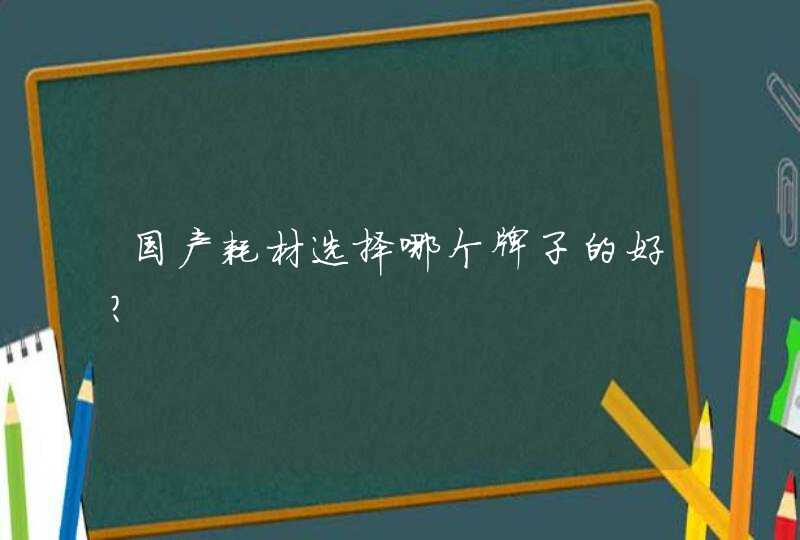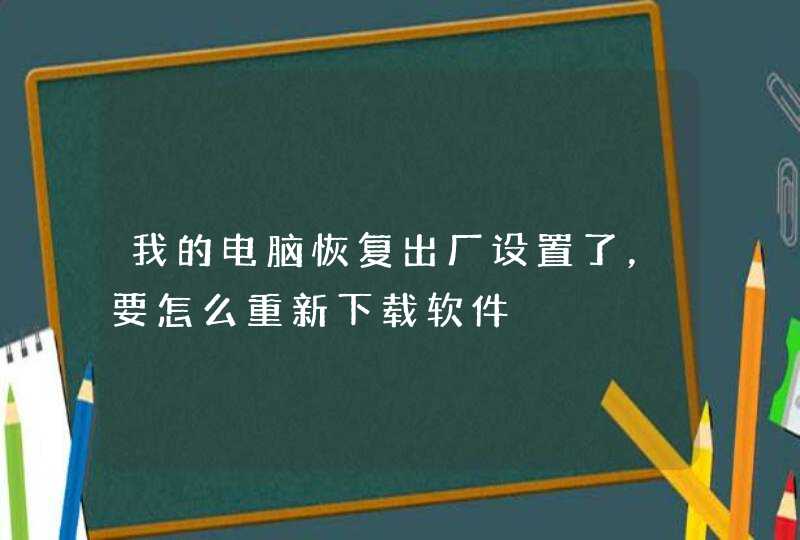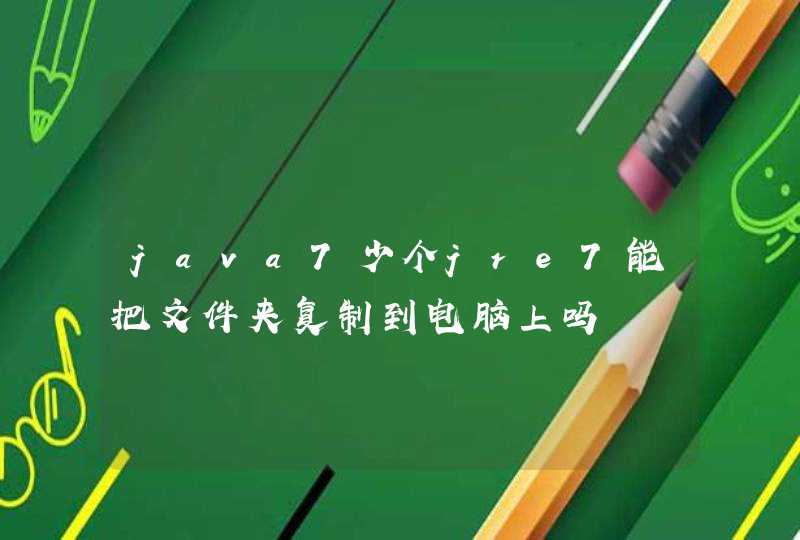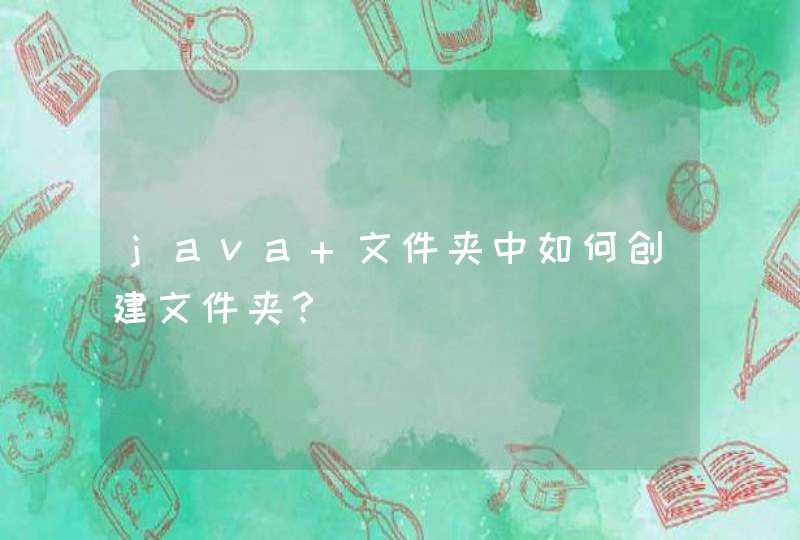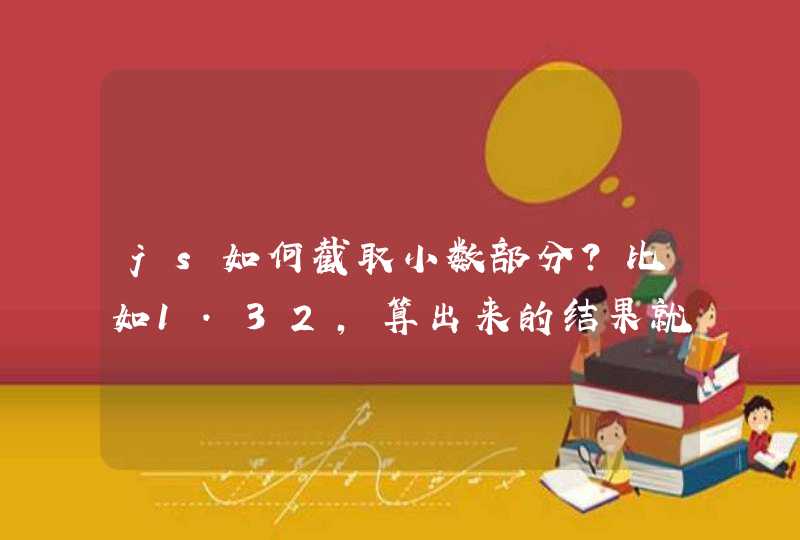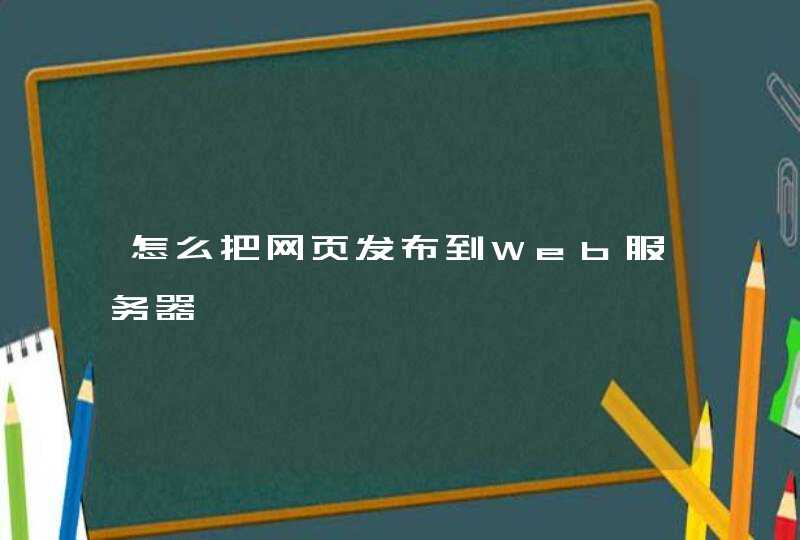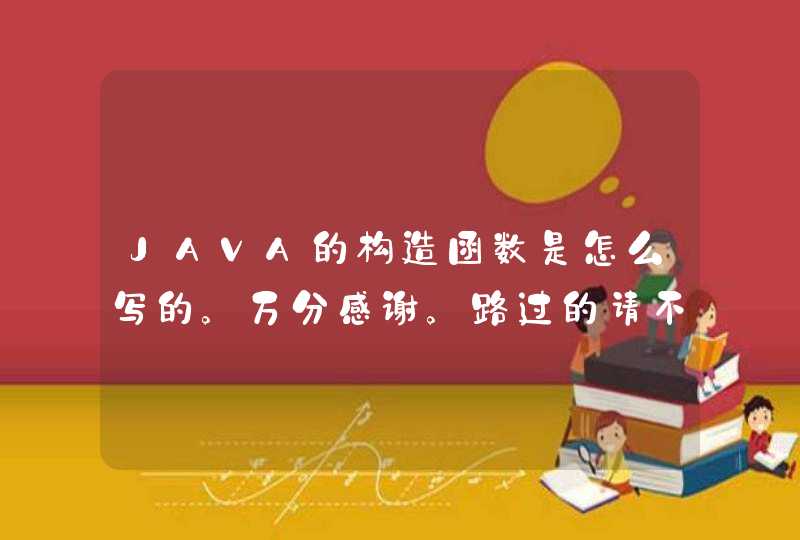
如果是java5的话,那么Java5新增了Callable接口获得线程的返回值,用法如下
package com.ronniewang
import java.util.concurrent.Callable
import java.util.concurrent.ExecutionException
import java.util.concurrent.ExecutorService
import java.util.concurrent.Executors
import java.util.concurrent.Future
public class GetReturnValueFromCallable {
private static final int SLEEP_MILLS = 3000
private static final int SECOND_MILLS = 1000
private static int sleepSeconds = SLEEP_MILLS / SECOND_MILLS
ExecutorService executorService = Executors.newCachedThreadPool()
/**
* 在创建多线程程序的时候,我们常实现Runnable接口,Runnable没有返回值,要想获得返回值,Java5提供了一个新的接口Callable
*/
public static void main(String[] args) {
new GetReturnValueFromCallable().testCallable()
}
private void testCallable() {
/**
* Callable需要实现的是call()方法,而不是run()方法,返回值的类型有Callable的类型参数指定,
* Callable只能由ExecutorService.submit() 执行,正常结束后将返回一个future对象
*/
Future<String> future = executorService.submit(new Callable<String>() {
public String call() throws Exception {
Thread.sleep(SLEEP_MILLS)
return "I from callable"
}
})
while (true) {
/**
* 获得future对象之前可以使用isDone()方法检测future是否完成,完成后可以调用get()方法获得future的值,
* 如果直接调用get()方法,get()方法将阻塞值线程结束
*/
if (future.isDone()) {
try {
System.out.println(future.get())
break
} catch (InterruptedException e) {
// ignored
} catch (ExecutionException e) {
// ignored
}
}
else {
try {
System.out.println("after " + sleepSeconds-- + " seconds, we will get future")
Thread.sleep(SECOND_MILLS)
} catch (InterruptedException e) {
// ignored
}
}
}
}
}
package com.ronniewang
import java.util.concurrent.Callable
import java.util.concurrent.ExecutionException
import java.util.concurrent.ExecutorService
import java.util.concurrent.Executors
import java.util.concurrent.Future
public class GetReturnValueFromCallable {
private static final int SLEEP_MILLS = 3000
private static final int SECOND_MILLS = 1000
private static int sleepSeconds = SLEEP_MILLS / SECOND_MILLS
ExecutorService executorService = Executors.newCachedThreadPool()
/**
* 在创建多线程程序的时候,我们常实现Runnable接口,Runnable没有返回值,要想获得返回值,Java5提供了一个新的接口Callable
*/
public static void main(String[] args) {
new GetReturnValueFromCallable().testCallable()
}
private void testCallable() {
/**
* Callable需要实现的是call()方法,而不是run()方法,返回值的类型有Callable的类型参数指定,
* Callable只能由ExecutorService.submit() 执行,正常结束后将返回一个future对象
*/
Future<String> future = executorService.submit(new Callable<String>() {
public String call() throws Exception {
Thread.sleep(SLEEP_MILLS)
return "I from callable"
}
})
while (true) {
/**
* 获得future对象之前可以使用isDone()方法检测future是否完成,完成后可以调用get()方法获得future的值,
* 如果直接调用get()方法,get()方法将阻塞值线程结束
*/
if (future.isDone()) {
try {
System.out.println(future.get())
break
} catch (InterruptedException e) {
// ignored
} catch (ExecutionException e) {
// ignored
}
}
else {
try {
System.out.println("after " + sleepSeconds-- + " seconds, we will get future")
Thread.sleep(SECOND_MILLS)
} catch (InterruptedException e) {
// ignored
}
}
}
}
}
输出结果:
after 3 seconds, we will get future
after 2 seconds, we will get future
after 1 seconds, we will get future
I from callable
可以通过实现Callable接口创建一个有返回值的线程,代码如下:
import java.util.concurrent.*public class MyThread implements Callable<Integer> {
private int count
public MyThread(int count) {
this.count = count
}
@Override
public Integer call() throws Exception {
// 此处是线程要处理的业务代码,此处实现的是对count变量加1的操作
count += 1
Thread.sleep(1000)
return count
}
public static void main(String[] args) {
// 创建线程实例
MyThread myThread = new MyThread(1)
// 创建一个大小为10的线程池
ExecutorService executor = Executors.newFixedThreadPool(10)
// 将线程提交到线程池执行
Future<Integer> future = executor.submit(myThread)
try {
// 调用get方法获取线程执行结果,在线程执行完成前该方法会一直阻塞
Integer result = future.get()
System.out.println(result)
} catch (InterruptedException e) {
e.printStackTrace()
} catch (ExecutionException e) {
e.printStackTrace()
}
// try {
// // 这种写法可以设置线程执行的超时时间,当线程超过指定的时间还未执行完成时会抛出TimeoutException异常
// // 示例中表示线程超过1000毫秒还没执行完就会抛出超时异常
// Integer result = future.get(1000, TimeUnit.MILLISECONDS)
// System.out.println(result)
// } catch (InterruptedException e) {
// e.printStackTrace()
// } catch (ExecutionException e) {
// e.printStackTrace()
// } catch (TimeoutException e) {
// e.printStackTrace()
// }
}
}
软件模块之间存在调用的接口,从调用方式来看,有同步调用、回调、异步调用这三种方式:
同步调用是是一种阻塞式调用,调用方要等待被调用方执行完毕返回后才能获取调用的执行结果,是一种单向调用。
回调是一种双向调用,调用方在执行被调用方后,被调用方会调用被调用方的接口;
异步调用是一种类似消息或者事件的机制,接口在收到某个消息或发生某事件时,会主动通知客户方,通常使用回调来实现异步调用。
Java回调的必须要素:
1.雇主类必须有可以被观察者调用的方法A;
2.观察者必须持有可以调用A的对象的引用。
在实际工作中,我们通常将方法A以interface或者内部类的形式来实现,然后把包含有A的类的对象引用传递到观察者中。
Java中的线程的返回值是void,并且是一个异步执行流,所以我们没有直接的方法来获取线程执行后的结果,即不能直接知道线程何时结束,以及合适去获取线程执行任务后的结果。由于回调的存在,我们可以在线程中以回调的方式通知线程的调用者线程的结束时间,并可以将任务的结果通过回调回送到调用者中。
![R语言 > pairs(iris[,1:4]) > pairs(iris[1:4]) 这俩语句画的图一样,,那个逗号是干嘛的??](/aiimages/R%E8%AF%AD%E8%A8%80+%26amp%3Bgt%3B+pairs%28iris%5B%2C1%3A4%5D%29+%26amp%3Bgt%3B+pairs%28iris%5B1%3A4%5D%29+%E8%BF%99%E4%BF%A9%E8%AF%AD%E5%8F%A5%E7%94%BB%E7%9A%84%E5%9B%BE%E4%B8%80%E6%A0%B7%EF%BC%8C%EF%BC%8C%E9%82%A3%E4%B8%AA%E9%80%97%E5%8F%B7%E6%98%AF%E5%B9%B2%E5%98%9B%E7%9A%84%EF%BC%9F%EF%BC%9F.png)







